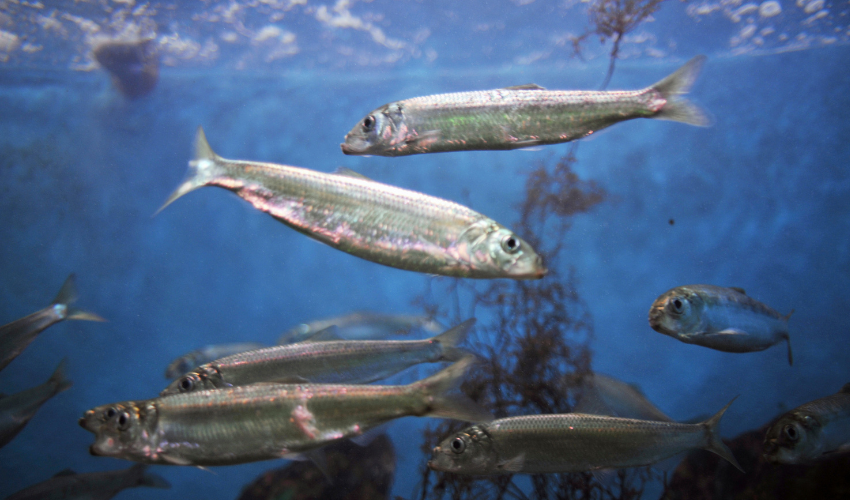Herring is a small, oily fish that belongs to the Clupeidae family. It is found in the shallow waters of the North Atlantic and North Pacific oceans, and it is one of the most abundant fish species in the world. Herring is not only popular for its delicious taste but also for its numerous health benefits.
It is a rich source of omega-3 fatty acids, vitamins, and minerals, making it an excellent addition to any diet. In this article, we will explore the world of herring and its various aspects, including its nutritional value, different types, and ways to prepare and enjoy it.
Nutritional Value of Herring

Herring is a nutrient-dense food that is low in calories and high in protein. Here are some of the essential nutrients found in herring:
Omega-3 fatty acids:
Herring is a rich source of omega-3 fatty acids, which are essential for heart health, brain function, and reducing inflammation.
Protein:
Herring is an excellent source of protein, with approximately 20 grams of protein per 100 grams of fish.
Vitamins:
Herring is rich in vitamins B12, D, and E, which are essential for proper nerve function, bone health, and immune system function.
Minerals:
Herring contains minerals such as calcium, iron, and zinc, which are vital for maintaining healthy bones, blood, and skin.
Different Types of Herring

There are many different types of herring, each with its unique characteristics and taste. Here are some of the most popular types of herring:
Atlantic herring:
This is the most common type of herring found in the North Atlantic. It is a small, oily fish that is usually sold fresh, smoked, or pickled.
Pacific herring:
This type of herring is found in the North Pacific and is usually sold fresh or canned.
Baltic herring:
Baltic herring is a popular fish in Northern Europe and is usually pickled or smoked.
Bloater herring:
This type of herring is smoked whole and has a unique, rich flavor.
Ways to Prepare and Enjoy Herring
Herring can be prepared in many different ways, making it a versatile ingredient in the kitchen. Here are some popular ways to prepare and enjoy herring:
Grilled:
Herring can be grilled and served with lemon and herbs for a simple yet delicious meal.
Pickled:
Pickled herring is a popular dish in Northern Europe and can be served as an appetizer or snack.
Smoked:
Smoked herring has a rich, smoky flavor and can be used in salads, sandwiches, or as a topping for crackers.
Fried:
Fried herring is a popular dish in many coastal regions and can be served with a side of potatoes or rice.
FAQs
Is herring safe to eat raw?
Herring can be eaten raw, but it is recommended to freeze it for at least 24 hours before consuming to kill any parasites.
How should I store herring?
Herring should be stored in the refrigerator and consumed within two days of purchase.
Is herring sustainable?
Herring is a sustainable fish species, and it is not overfished like many other species.
Can herring be used in sushi?
Yes, herring can be used in sushi, but it should be frozen before use to kill any parasites.
What is the best way to cook herring?
The best way to cook herring depends on personal preference, but grilling, smoking, and frying are all popular methods.
Conclusion:
Herring is a versatile, nutrient-dense fish that can be enjoyed in many different ways. From its rich taste and nutritional value to its many health benefits, herring is a seafood lover’s dream.
Whether you prefer it grilled, smoked, pickled, or fried, herring is an excellent addition to any diet. So next time you’re looking for a healthy and tasty seafood option, give herring a try and savor the silver beauty of the sea.






















